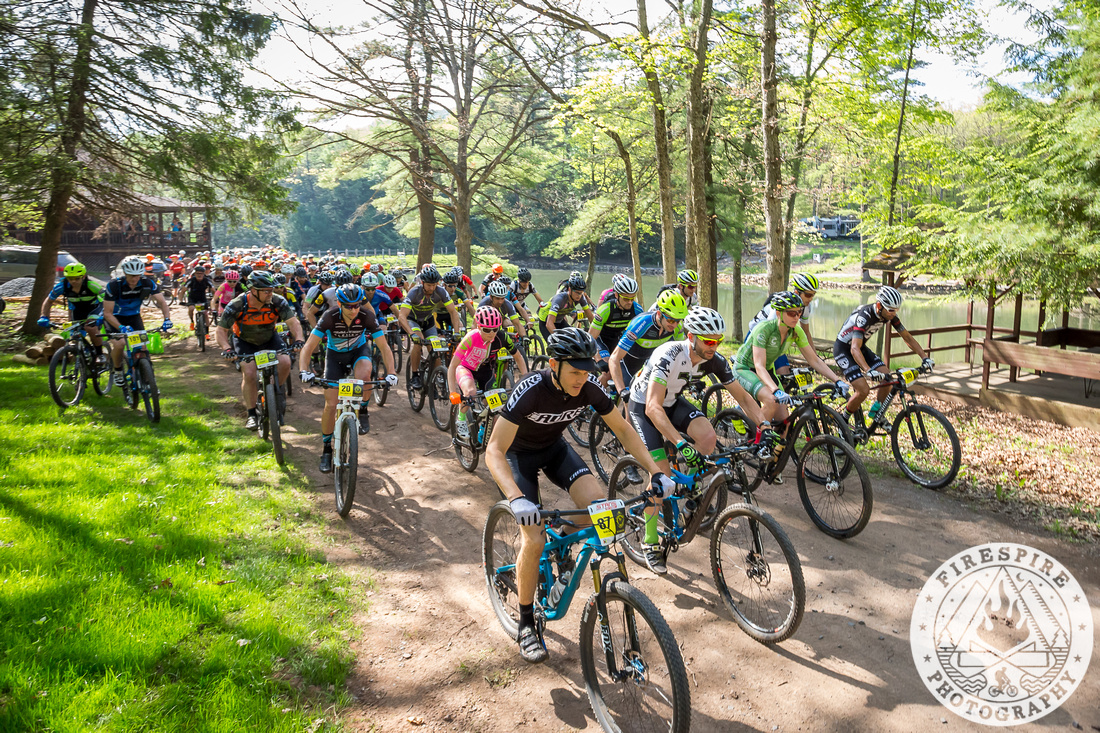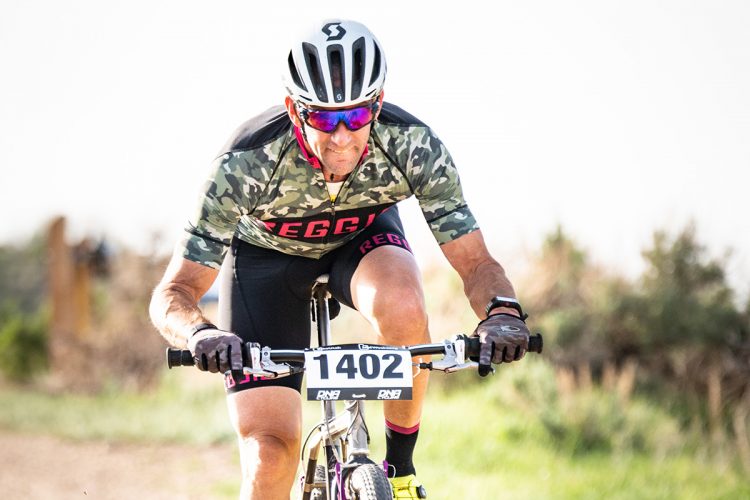
As soon as the Trans-Sylvania Epic (TSEpic) ended last year, I knew I wanted to go back. I wanted to go back for the trails, the camaraderie, and for some redemption. In 2015 I had some major stomach issues on the second stage that almost forced me to pull out, as well as two flats on the fifth stage.
I didn’t just want to go back and have a good ride, though… I wanted to have a great ride. To do that, I needed some outside help. As much time as I spend on my bikes, very little of it has been structured. Getting faster would require a plan. I got in touch with my friend Namrita Kumar–a talented athlete, coach, PhD Sports Nutritionist, and dog rescuer. She put together a training plan for me, which I began following in February 2016.
From February until the TSEpic I spent five or six days a week on the bike, riding anywhere from 8-12 hours each week. My schedule incorporated a couple days of intense intervals, one or two longer rides, and one easy day. I spent seemingly endless hours on the trainer, my sweat pooling on the mat beneath me. With a trainer, there’s no excuse for skipping a ride because it’s too cold, or raining. It keeps you honest. However, once spring rolled around I was sick of the trainer, so I began doing my intervals outside. It was difficult to hit precise heart rate targets, but I couldn’t stand riding inside any longer.
I could feel my body becoming more efficient–on long rides I needed less food and water to keep me going. At a given heart rate, my speed was higher than it had been previously. When I was at my limit, I could still focus and hit the lines I wanted and, I could stay at my limit for longer and longer.

Heading into the race I was the fittest I’ve ever been. With all the training and better eating habits, I was 15lbs lighter than I had been the previous year, too. Want to get up the hills quicker? Lose some weight. My body was ready, my bike was ready, now there was nothing to it but to do it!
Stage 1: Coburn — 36mi, 4,000′ climbing

The first stage started right from the Scout Camp. I made my way towards the front third of the group, which ended up being a good move. From the gun the pace was blistering, and so was the heat. While we started on gravel, there wasn’t much of it before the course routed us onto the singletrack on the Scout Camp’s property. There was a bit of a traffic jam since the trails were so tight, which gave me a chance to briefly catch my breath.
That didn’t last long, though, as we were soon blasting up a doubletrack climb. Seemingly every time I looked down at my Garmin, my heart rate was at 180 BPM. I spent the rest of the day in the pain cave. The exposed road sections took their toll. Being Memorial Day, there was a lot of traffic out in the park. While the drivers never got too close for comfort, they didn’t really slow down either, churning up huge clouds of dust as the7 blew by at 35mph. Combine that with the oppressive humidity and the high pollen count, and it felt as though I was breathing through a wet t-shirt.

I covered the course in 3:23 with an average heart rate of 167 BPM, my highest of the week. In my category–Solo Men 30+–I finished 7th out of 12. Not quite the result I was hoping for.
Stage 2: Tussey — 35mi, 4,000′ climbing

The Tussey stage is typically the “queen stage” of the week, meaning it’s the hardest. It’s usually later in the week as well, but with the move from seven stages to five, the organizers switched the order.
Mercifully, it was much less humid than the first day. It was still hot, but it was tolerable. The pollen count was down as well, which made breathing easier. I felt strong and rode well all day. The crown jewel of the week–Tussey Ridge–was a delight. It’s a 4-mile-long rock garden with great views of the surrounding mountains. I made it through with only a couple of dabs–importantly, none of them were in front of the photographers.

My finishing time was nearly identical to the previous day at 3:24, but I was able to move up to 4th on the day. My average heart rate was a much more reasonable 158 BPM.
Click here to keep reading on page 2.


















